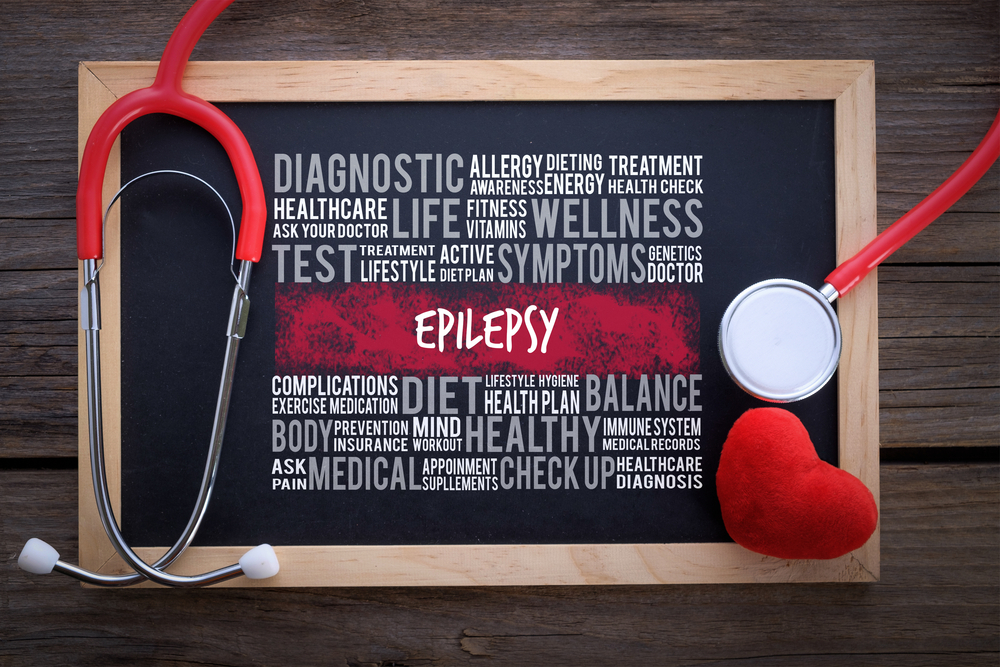Comprehensive Guide to Epilepsy: Recognizing Symptoms and Early Indicators
This detailed guide explores the key symptoms and early indicators of epilepsy, including seizures, confusion, behavioral changes, fainting, and twitching. Recognizing these signs can lead to timely diagnosis and better management of the condition, improving outcomes for affected individuals. Suitable for patients, caregivers, and healthcare providers, this comprehensive overview emphasizes the importance of awareness and early intervention in epilepsy care.

Comprehensive Guide to Epilepsy: Recognizing Symptoms and Early Indicators
Epilepsy is a complex neurological disorder characterized by unpredictable episodes of abnormal brain activity. These episodes, commonly known as seizures, can manifest in various forms and vary significantly from person to person. Understanding the key symptoms and indicators of epilepsy is crucial for early diagnosis and effective management. While experiencing a single seizure might not necessarily mean an individual has epilepsy, recurrent episodes and specific signs should prompt medical consultation for accurate diagnosis.
Epilepsy affects millions globally and can develop at any age, although it is most often diagnosed in childhood or older adulthood. The condition results from irregular electrical activity in the brain, which disrupts normal neuronal communication. These disruptions lead to physical convulsions, sensory disturbances, or behavior changes that can be alarming to witnesses and distressing for the affected individuals. Recognizing the subtle signs of epilepsy can lead to faster intervention and improved quality of life for those impacted.
This comprehensive guide discusses the five most common signs and indicators of epilepsy, including seizures, confusion, behavioral changes, fainting, and twitching. By understanding these symptoms, caregivers, medical professionals, and patients can work together to seek timely diagnosis and appropriate treatment. Additionally, knowing what to look for can help differentiate epilepsy from other neurological or medical conditions that may mimic its symptoms.
Seizures: Seizures are the hallmark of epilepsy, caused by sudden electrical bursts in the brain. They can present in various forms, from full-body convulsions to localized twitching, and their severity and duration depend on the type of seizure. Some seizures involve loss of consciousness, while others may only affect part of the body or cause subtle disturbances in sensation or emotion. Recognizing these signs is essential for prompt medical evaluation and diagnosis.
Confusion and Disorientation: During or immediately after a seizure, individuals often experience confusion, disorientation, or a temporary inability to process what is happening around them. They might stare blankly, seem unaware of their surroundings, or struggle to speak coherently. Such symptoms can sometimes be mistaken for other conditions, but persistent confusion following an episode warrants medical attention for epilepsy assessment.
Behavioral Changes: Post-seizure, many individuals exhibit notable behavioral alterations. These can include heightened anxiety, fear, agitation, or reports of unusual sensations like déjà vu or jamais vu. Some patients might exhibit abnormal movements or sensory perceptions that are difficult to explain, necessitating comprehensive neurological evaluation to confirm epilepsy or rule out other causes.
Fainting and Partial Loss of Consciousness: During a seizure, individuals may lose consciousness partially or completely, often collapsing or appearing to be unaware of their environment. Even after the seizure ends, they might remain disoriented or fatigued. Recognizing fainting episodes as potential signs of epilepsy is vital, especially if they are recurrent or occur alongside other symptoms.
Twitching and Uncontrolled Movements: Uncontrollable jerking motions, particularly in the arms and legs, are common during certain types of seizures. These involuntary movements result from abnormal electrical signals in the brain and can last from seconds to minutes. Observing these movements can assist healthcare professionals in diagnosing specific epilepsy syndromes.
Understanding epilepsy's diverse symptoms is fundamental to timely diagnosis and management. If you or someone you know experiences recurrent seizures or any of these signs, it’s essential to seek medical evaluation promptly. Early intervention can significantly improve treatment outcomes and safety. Advances in neurological research and treatment options continue to enhance the quality of life for individuals living with epilepsy. Recognizing these key symptoms and indicators is the first step toward effective management and support.





